The Mexico-US duopoly is back, plus more thoughts from the November friendlies
The North American rivals look like the class of Concacaf once again.
International play is over for 2020, with the stage getting set for an enormous year in 2021. Whether we actually see that happen or are able to enjoy it fully depends more on science and political leaders than anything that happens on the field.
When the ball is rolling again in the Concacaf region next year and men’s national teams are playing each other in World Cup qualification, the Gold Cup and Nations League, what might we remember from the November window?
We will trace it back as the return of the duopoly atop Concacaf.
For the past several years, Mexico has been in a class of its own. It’s still there. El Tri showed this window that it knows how to get results. It also is enjoying the fruits of having truly elite attackers, something few teams in the region can boast. After a poor showing in the first 45 minutes against Japan, El Tri got in gear, got goals from Raul Jimenez and Hirving Lozano and extended its unbeaten run to 10 matches.
It’s what a great national team does. The nature of international soccer is that you’re not always going to have good showings. Players will be missing because of injury or illness. Managers will try out tweaks that don’t quite come together. The top teams in the world figure out ways to win even when they aren’t at their best.
In 2018 and 2019, there was no other team in the region that could do that. It’s still early in the process, but United States fans saw glimpses in a draw against Wales and a blowout victory over Panama that their team will, like in the 2010 and 2014 World Cup cycles, challenge Mexico for the top spot.
Even without Christian Pulisic, who certainly has the skills to do the sorts of things Jimenez and Lozano do for Mexico in willing a team to victory, the Americans showed not only that they have their deepest team in some time but also that they can put it all together.
Players like Weston McKennie and Tyler Adams have poise beyond their years thanks to the level of competition they’ve faced at club level, and if dual nationals like Yunus Musah, Sebastian Soto and Richie Ledezma not only end up with the U.S. but can replicate some of what they showed against Panama, the U.S. has the tools to once again be a regional power. Oh, and they did it with some flair, something sorely missing for years from U.S. teams.
In some ways it’s great news for the region. The two biggest money-makers in terms of interest are relevant at the same time.
In other ways, it’s not ideal. You want spirited competition, not just the same two teams facing off in every tournament. Of course, this wouldn’t be Getting CONCACAFed if we didn’t look at some of the teams that could challenge the resurgent duopoly:
🇯🇲 - Jamaica’s first match against Saudi Arabia went about as well as you’d expect when multiple players were participating in their first physical activity since arriving in the country. Flight delays combined with quarantine regulations and delayed COVID test results meant many players coach Theodore “Tappa” Whitmore was hoping to start in match 1 were either not available or rushed on the bench without completing full training sessions. The players who did make it on the field, specifically left back Kemar Lawrence, center back Damion Lowe and Kevon Lambert, playing out of position as a center back, never got in rhythm and all made individual errors in a 3-0 defeat.
In the second game, Ravel Morrison made his first-ever start for the Reggae Boyz, Bayer Leverkusen winger Leon Bailey and Fulham attacker Bobby De Cordova-Reid started behind forward Javon East. Reid’s Fulham teammate Michael Hector plus Oniel Fisher started on the right side of the back four. With more talented players on the field and more time together to prepare, lo and behold, Jamaica played a much better game and won, 2-1.
It is not the only time Jamaica’s hopes are boosted by reinforcements arriving. Morrison and Daniel Johnson, of Preston North End, both debuted in this camp after long waits from Jamaica fans eager to see them represent the national team (Johnson was born in Kingston, while former Manchester United prospect Morrison tweeted about potentially suiting up for Jamaica as early as 2012 and got citizenship in 2018).
As Jamaica Gleaner reporter Simon Preston noted, at least a half-dozen more players based in Europe are in the process of getting the documents needed to play for Jamaica, including Newcastle United duo Isaac Hayden and Rolando Aarons.
Will it be enough for Jamaica to repeat its feat of 1998? It comes down to two big questions: One, is Whitmore the man who can bring it all together tactically, with a team that too often has been Jekyll and Hyde from game to game? And two, can the federation run with the level of organization needed? That first game, and Morrison’s public frustration with the logistics of flying in, don’t lend themselves to optimism, but in the era of the coronavirus, there’s a higher degree of difficulty for everyone.
A Europe-based camp in March and a friendly against Catalonia, rescheduled from March 2020, will be the next test on and off the field.
🇨🇷 - Speaking of teams playing Spanish states, Costa Rica thought it had a draw Tuesday against the Basque Country (I even got a push notification about a stalemate from one trigger-happy media outlet) only to fall 2-1 thanks to a late winner from Unai Núñez.
It was a strange window for Costa Rica. After a 1-1 draw with Qatar there were certainly bright spots. Joel Campbell played a great game, scored and proved he’ll still be a dangerous weapon this cycle.
Yet, the first 45 minutes of that game combined with the majority of the contest with the Basques left lots of questions about what the plan is going forward.
The Ticos haven’t won since a Nations League triumph last year over Curacao and are now winless in their last six with four of those matches being defeats. So, bright spots may seem few and far between. Yet, that second half against Qatar you saw glimpses of what could be.
To me, the biggest issue is the amount of sameness. This is a very familiar side, but we’ve seen their limitations. I don’t understand why manager Ronald Gonzalez didn’t experiment more with the second match. Yes, Bernald Alfaro and Randall Leal came into the XI, but the generational change is coming far too slowly for Costa Rica. There are talented players in the pipeline, but they need to get their opportunities.
🇬🇹 - View with skepticism anyone who tells you they know what to expect from Guatemala.
Long suspended by FIFA and then playing in League C of the Concacaf Nations League, it’s truly been years since we’ve been able to gauge Los Chapines. A non-FIFA date friendly against Mexico in September certainly reminded that they’re not ready to join the elite, but Sunday’s 2-1 victory over Honduras seemed to hint at the ability to compete against some of the top Central American rivals.
Los Catrachos weren’t at full strength, with Alberth Elis and Anthony Lozano held out after contracting COVID, seemingly on their flight over from Europe. But Guatemala’s performance was impressive. Just look at this truly beautiful build-up on the first goal, the type of which you rarely seen scored on a Central American pitch.

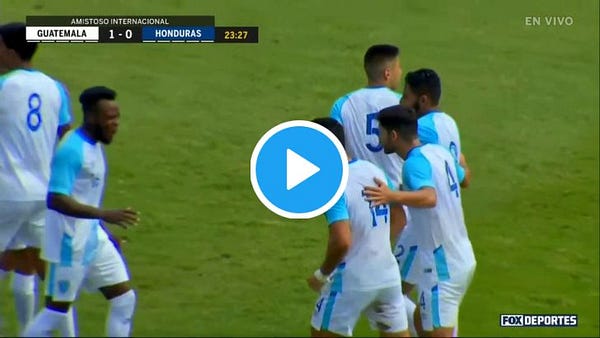
The fact that Guatemala is as excited as it is about locking up Guatemalan-Mexican attacking midfielder Antonio de Jesus Lopez, a fringe player at Club América who brings out the back heel in the clip above, shows they’re still quite far behind teams like the U.S. and Mexico. Yet, could Lopez and a decent crop of Guatemala-based players be enough to get past group rivals Curacao and Cuba and get the squad into the final round of World Cup qualification for the first time since the 2006 cycle? It would be an achievement.
🇨🇼 - Speaking of Curacao, I wrote last week that we were yet to see Guus Hiddink actually on the field coaching the Curacao national team. Once the federation settled its legal dispute with Remko Bicentini (whose plans are unknown but should have FA Presidents calling him at all hours to inquire as to what they are), Hiddink appeared on the training ground and did a handful of interviews during the training camp. One thing that is certain: The Netherlands-based press certainly will be covering Curacao more closely ahead of the 2022 World Cup than it ever did previously.
In thrilling news for Concacaf nerds, the ABCS tournament, a four-team tournament between the region’s Dutch-speaking countries conducted between 2010-2015, is set to be revived next year.
Hiddink and Suriname manager Dean Gorre reportedly helped spearhead the effort. However, with the dates set for Feb. 12 and 14, it will be a chance only for the coaches to see which local-based players can push their way into their top squad. (Update: In the comments, reader Nivel says Hiddink may not even be there, opting to stay in the Netherlands to scout.)
Know other Concacaf nerds who will be thrilled by the ABCS tournament return or learning about potential Jamaica national team prospects? Send them the newsletter so they can subscribe.


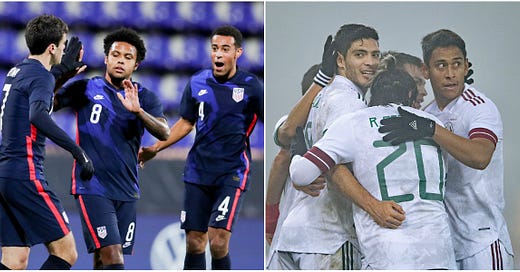




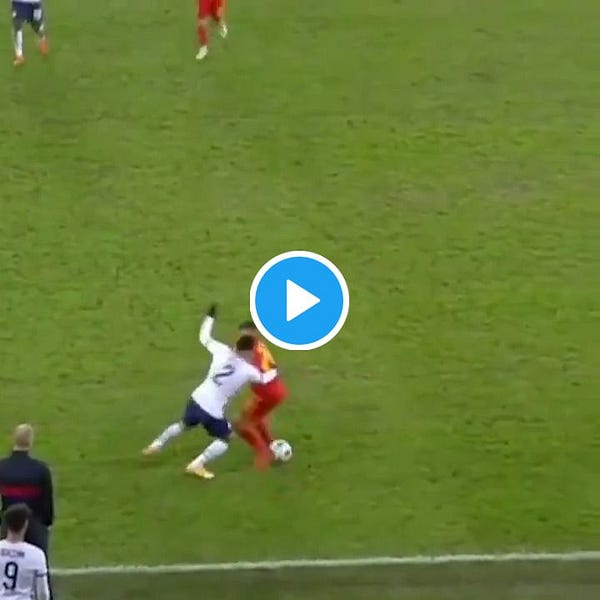

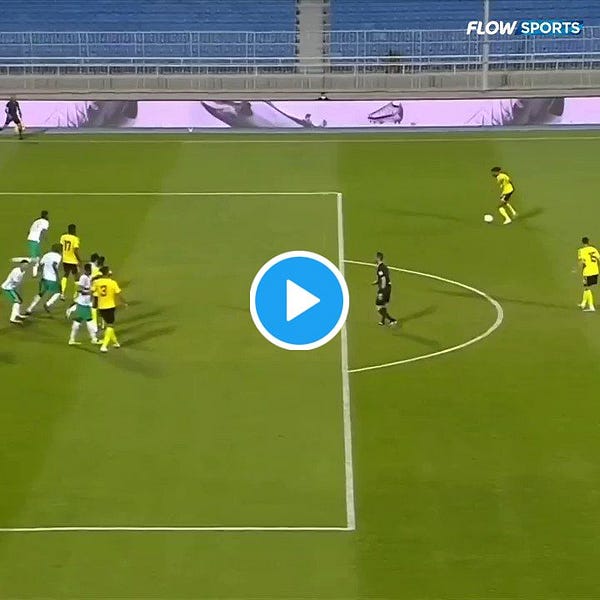



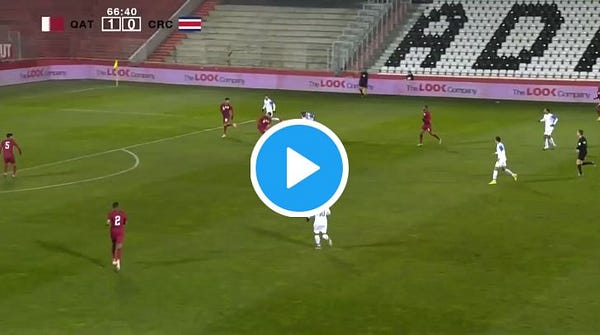

the ABCS tournament tournament was e president of Curacao Federation Idea , they said they were planning it for 2 years already but now it is looking like it is going to happen and because it is outside the FIFA calendar it will only consist of local based players and using a local coach , Hiddick is staying in Netherlands to scout and check the euro of middle eastern based players